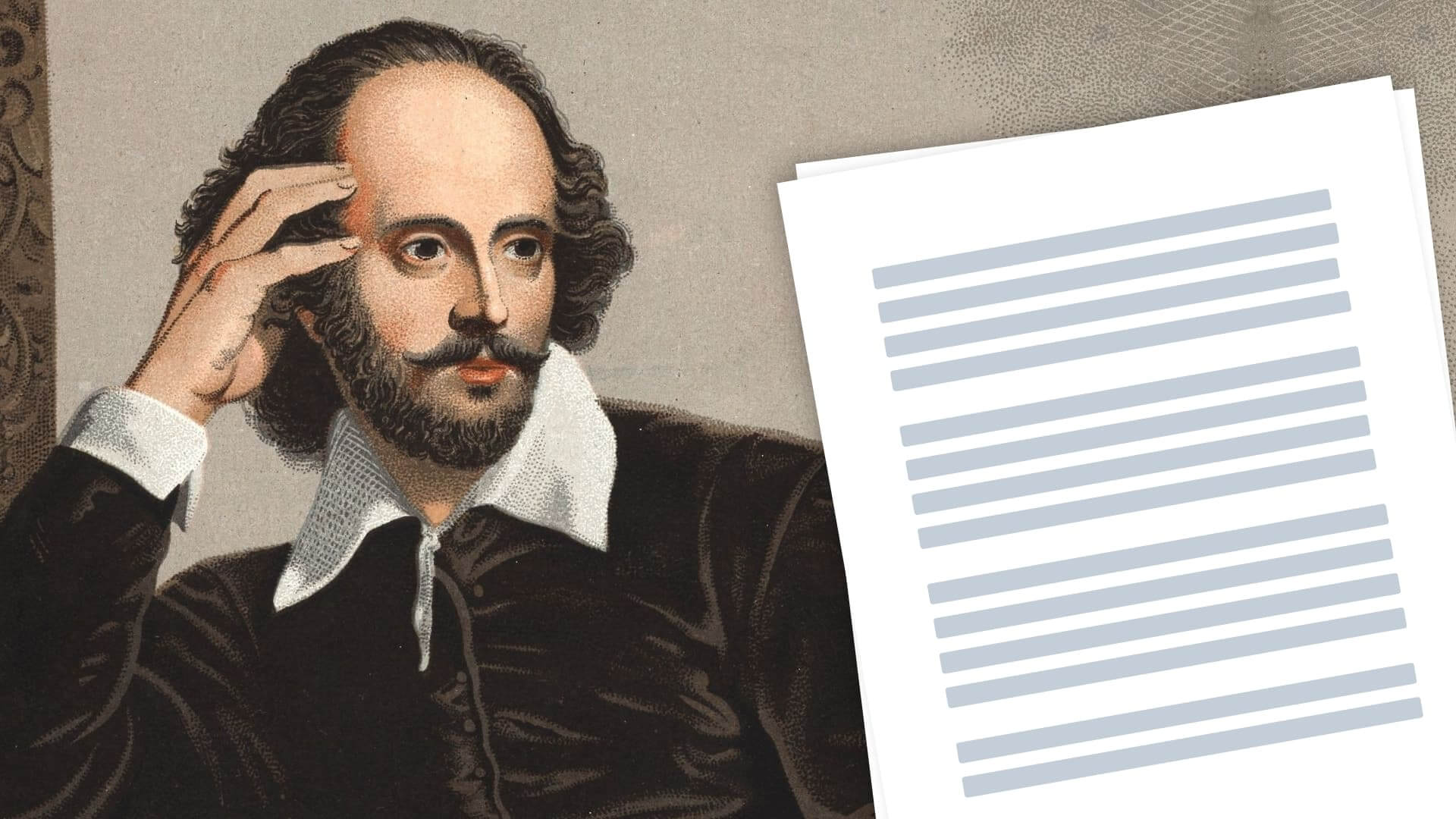Upon first glance, a sonnet might seem like little more than a short, breezy poem. But sonnets are actually incredibly complex, utilizing a strict rhyme scheme and poetic rhythm. The sonnet is a difficult poem to master, but when it’s done right, it can be beautiful and profound. But what is a sonnet? Let’s look at the characteristics of a sonnet and how it’s been used by some of the most famous poets in history. By the end, you’ll know how to write a sonnet yourself.
Sonnet Meaning
Let's define sonnet
The sonnet gets its name from the Italian sonetto, which translates to “little song.” There are several variations to the sonnet, but there are few core rules that just about every sonnet follows. So, what is a sonnet?
SONNET DEFINITION
What is a Sonnet?
A sonnet is a poem comprising fourteen lines written in iambic pentameter. It follows a certain rhyme scheme, depending on the sonnet variation, and holds to a strict thematic structure.
Characteristics of a Sonnet:
- 14 lines long
- Variable rhyme scheme
- Strict metrical construction
Before we move on to the different types of sonnet rhyme schemes and sonnet definitions, let’s also define the building block of all sonnet poetry: iambic pentameter, a metric line very common in traditional poetry. We can break iambic pentameter into its parts to make sense of it.
An iamb is a beat in poetry made up of an unstressed syllable followed by a stressed syllable – for example, toNIGHT or reGAIN. A pentameter means a line with five beats (also called feet). So iambic pentameter is a line containing five iambs.
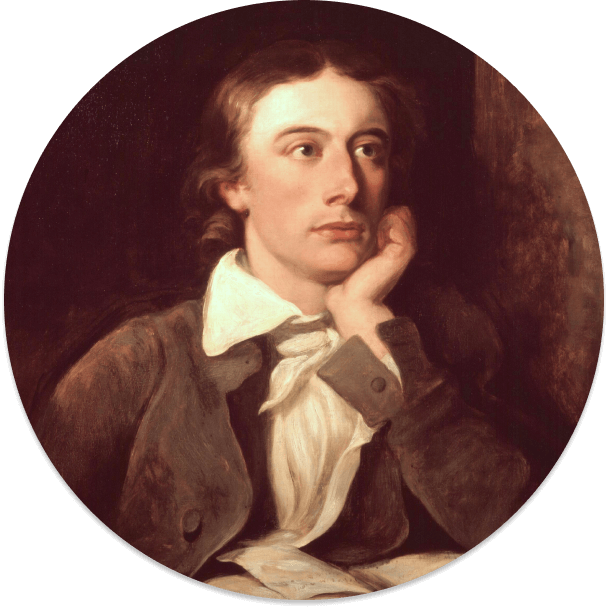
Season of mists and mellow fruitfulness, (a)
Close bosom-friend of the maturing sun; (b)
Conspiring with him how to load and bless (a)
With fruit the vines that round the thatch-eves run. (b)
— John Keats (Ode to Autumn)
What is a Sonnet?
Types of Sonnet Structure
Now that we know the universal elements of sonnet poetry, let’s look at two of the most common variations of sonnet structure and sonnet rhyme scheme.
Petrarchan Sonnet
The original sonnet structure comes from Italy, and thus is often also dubbed the Italian sonnet. The Petrarchan form is made of two distinct sections: the octave and the sestet. The octave contains eight lines and follows the rhyme scheme abba abba. The following sestet is six lines, which can follow either a cdecde rhyme scheme or a cdcdcd scheme.
The two-part nature of the Petrarchan sonnet format aids the sonnet’s thematic structure. The octave sets out a claim, problem, or narrative, and the sestet refutes, responds, or clarifies. This creates a short, compelling arc that, once introduced to England in the early sixteenth century, spread like wildfire.
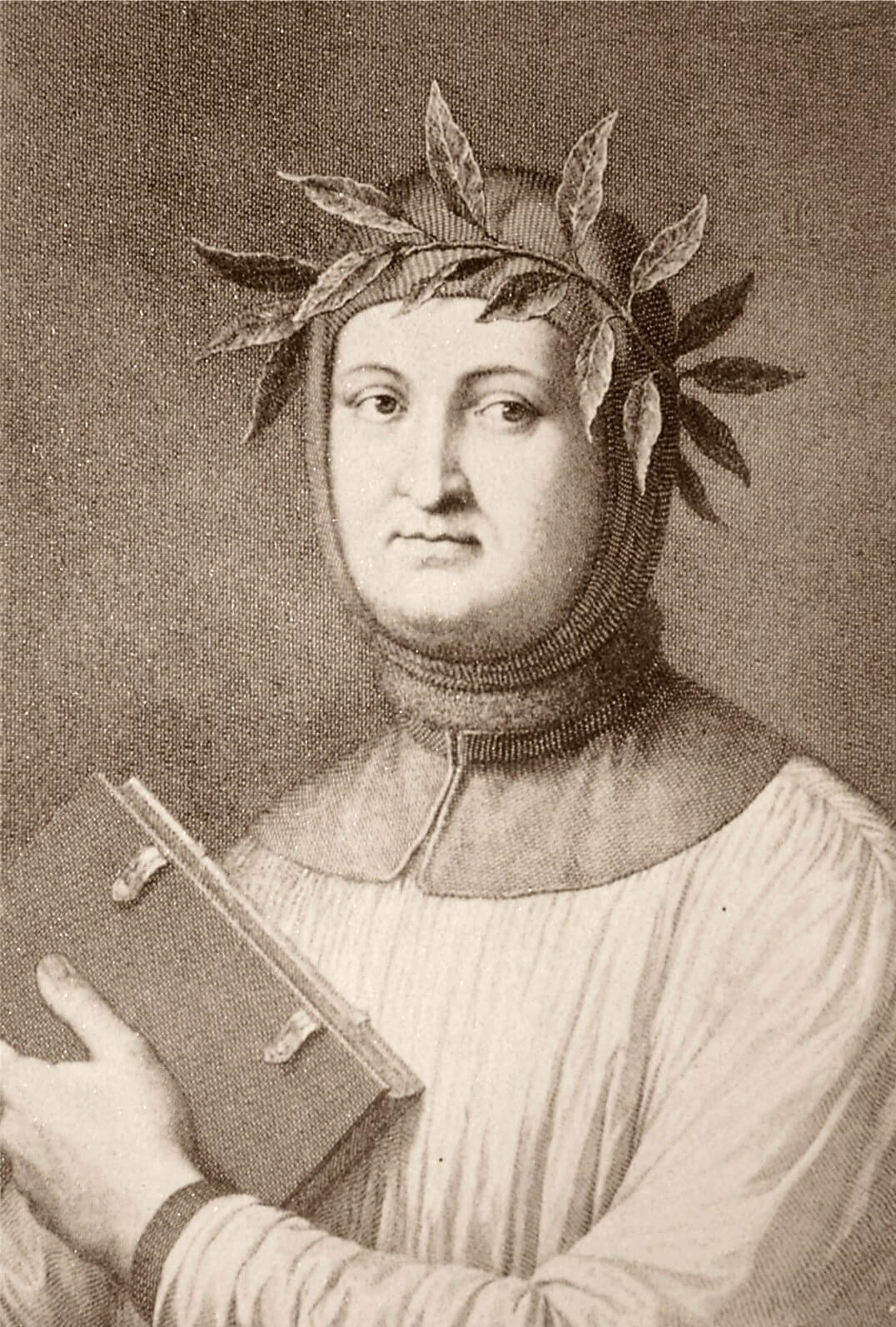
The Petrarchan sonnet is named after Francesco Petrarca • What is a sonnet?
Shakespearean Sonnet
After England caught word of the sonnet, English poets tinkered with the sonnet format to make it more adaptable to the English language, which is much harder to rhyme in than Italian. The result was the Shakespearean Sonnet, named after a man who churned out an unnatural amount of sonnets (among other things).
The Shakespearean sonnet definition differs from the Petrarchan in that it is broken into three quatrains and one couplet. The resulting Shakespearean sonnet rhyme scheme: abab, cdcd, efef, gg.
This sonnet format still largely follows the octave-sestet thematic structure, though the couplet at the end plays an outsized role in solidifying or subverting the poem’s theme.
An Overview of Shakespeare’s Sonnets • Define sonnet
What is a Sonnet?
Sonnet Examples
The best way to answer “what is a sonnet,” and to learn how to write a sonnet, is by looking at some sonnet examples. It’s hard to pick just a few sonnets to look at, but the following highlight the breadth of what sonnets are able to do. See if you can pick out which type of sonnet each poem is.
Here's an example from Elizabeth Browning. We've marked the rhyming scheme with colored letters at the end of each line.
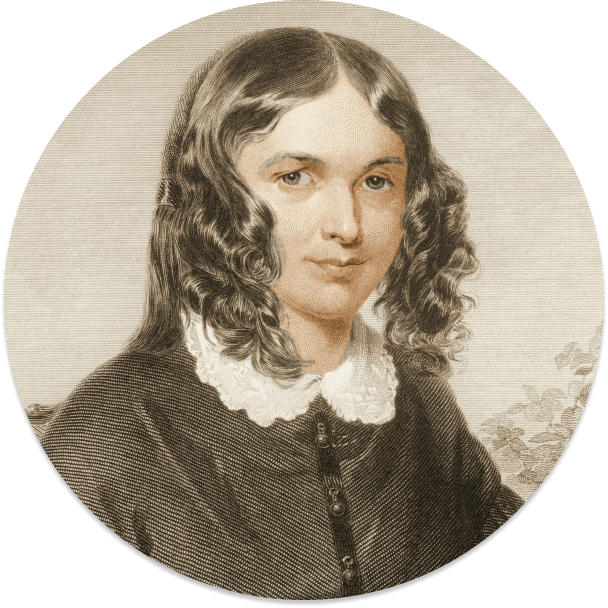
"How Do I Love Thee?"
How do I love thee? Let me count the ways. (a)
I love thee to the depth and breadth and height (b)
My soul can reach, when feeling out of sight (b)
For the ends of being and ideal grace. (a)
I love thee to the level of every day's (a)
Most quiet need, by sun and candle-light. (b)
I love thee freely, as men strive for right. (b)
I love thee purely, as they turn from praise. (a)
I love thee with the passion put to use (c)
In my old griefs, and with my childhood's faith. (d)
I love thee with a love I seemed to lose (c)
With my lost saints. I love thee with the breath, (d)
Smiles, tears, of all my life; and, if God choose, (c)
I shall but love thee better after death. (d)
— Elizabeth Barret Browning
Here Browning tackles a familiar sonnet theme, love, within a Petrarchan structure. It might seem like the theme doesn’t so much evolve between the octave and the sestet – the narrator is in love, and says it in a multitude of ways. But the sestet utilizes darker imagery in which to situate her love (old griefs, lost saints, death), which contrasts with the more conventional, flowery romantic allegories used in the octave.

My mistress' eyes are nothing like the sun; (a)
Coral is far more red than her lips' red; (b)
If snow be white, why then her breasts are dun; (a)
If hairs be wires, black wires grow on her head. (b)
I have seen roses damasked, red and white, (c)
But no such roses see I in her cheeks; (d)
And in some perfumes is there more delight (c)
Than in the breath that from my mistress reeks. (d)
I love to hear her speak, yet well I know (e)
That music hath a far more pleasing sound; (f)
I grant I never saw a goddess go; (e)
My mistress when she walks treads on the ground. (f)
And yet, by heaven, I think my love as rare (g)
As any she belied with false compare. (g)
— William Shakespeare (My mistress’ eyes are nothing like the sun)
This is one of the somewhat tongue-and-cheek sonnet examples from Shakespeare, essentially making fun of the language many of his contemporaries were using in love sonnets.
But the poem is not totally sarcastic; Shakespeare uses the final couplet to great effect, turning the insults leveled at his lover on their head, saying that his love for her is beyond compare.
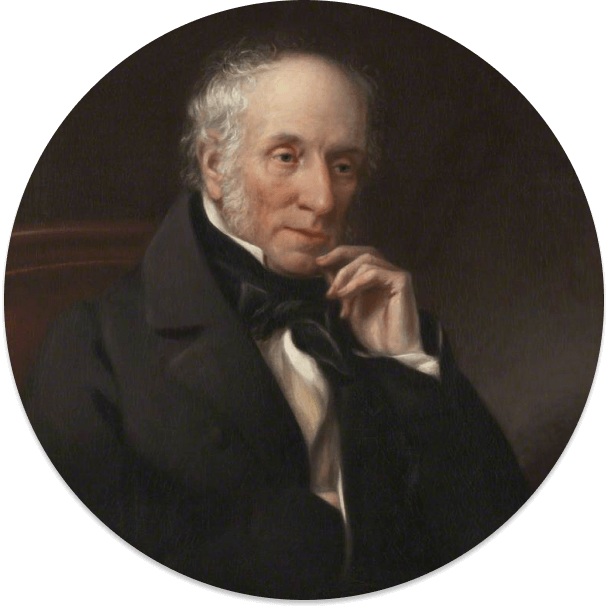
Milton! thou shouldst be living at this hour: (a)
England hath need of thee: she is a fen (b)
Of stagnant waters: altar, sword, and pen, (b)
Fireside, the heroic wealth of hall and bower, (a)
Have forfeited their ancient English dower (a)
Of inward happiness. We are selfish men; (b)
Oh! raise us up, return to us again; (b)
And give us manners, virtue, freedom, power. (a)
Thy soul was like a Star, and dwelt apart; (c)
Thou hadst a voice whose sound was like the sea: (d)
Pure as the naked heavens, majestic, free, (d)
So didst thou travel on life’s common way, (e)
In cheerful godliness; and yet thy heart (c)
The lowliest duties on herself did lay. (e)
— William Wordsworth (London, 1802)
Here Wordsworth laments the passing of Milton in a variation of the Petrarchan sonnet (the rhyme scheme here is abbaabba cddece). He describes the problem in the octave, that England is in poor shape and needs saving, and in the sestet offers the solution, that Milton was a great man who could have helped the country.
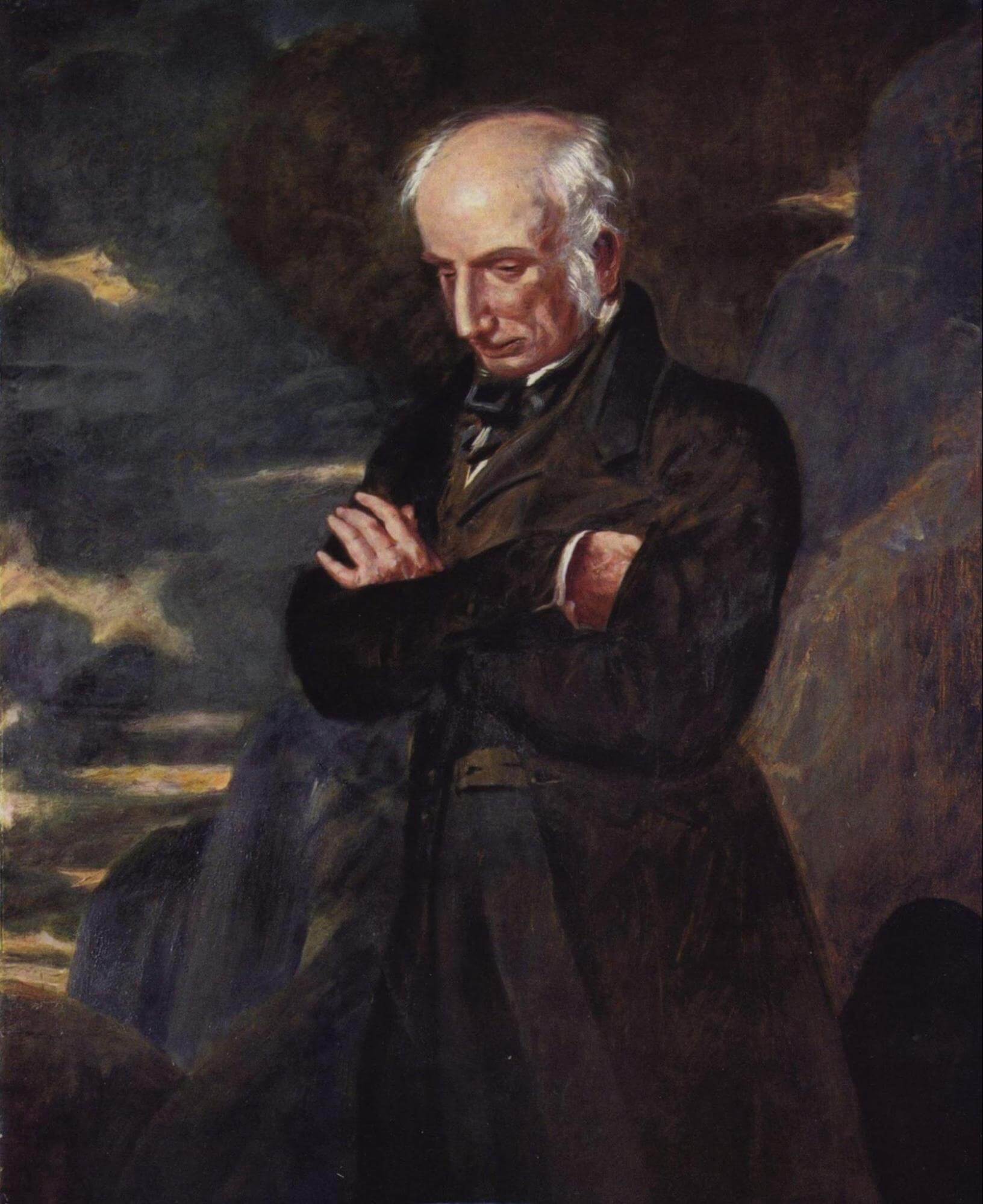
How does the structure of a sonnet impact its meaning? • What is sonnet?
Sonnet Definition
Writing Sonnets
Reading great sonnet examples is like watching a great athlete in action: it looks easy. But sonnets, with their elaborate rhyme schemes and strict use of iambic pentameter, require a lot of skill and effort. Don’t be discouraged if you don’t get how to write a sonnet right away; like becoming a great athlete, becoming a strong poet takes time, patience, and a ton of practice.
The rules of a sonnet are a testament to imposing rules on yourself to stretch your creativity. Approaching a blank page with nothing but some vague ideas can be daunting. Using structures, whether it be a sonnet or a three-act narrative, can force you to be a more disciplined and creative writer.
So while the sonnet might not be the most in-vogue artform or even poem today, knowing the sonnet definition can teach us a lot about how to tell our own stories that feel cohesive and purposeful.
Up Next
Different Poem Structures
Now you’ve got a good answer to the question “what is a sonnet?” Want to dig into other poem structures beyond sonnets? We’ve compiled a list of great types of poems, all while situating them in the long arc of poetic history, something which is important knowledge if you’re a poet or just a writer in general.
